Staff shortages are one of the biggest issues facing the NHS today and 49% of people find the current standard of technology in healthcare to be a source of stress, according to a new study by BT. Sultan Mahmud, Director of BT Healthcare, offers some insight into the state of HealthTech currently and why communication, collaboration and long-term partnerships are key to overcoming the barriers.
Nearly three-quarters of NHS staff believe technology could help transform patient care in England, with more than 80% claiming it could attract more ’digital natives’ into the workforce, according to a new study by BT.
The research, which polled respondents at 136 different NHS and integrated care organisations within the NHS, indicates that NHS staff view technology as a key aspect of healthcare, but the intended benefits are not always felt where they are most needed.
BT is committed to working together with the NHS to build smarter, safer, more efficient services for everyone. It says the study proves the need for new technology but also notes the challenges reported by NHS staff on how health services are adopting this tech on the frontline. A large proportion (77%) of respondents cited lack of funding as a major hurdle, while a lack of existing skills and resources (75%) and areas with no connectivity (58%) are also issues.
The research suggests that greater communication around technology adoption will help overcome these barriers, with half agreeing that regular feedback sessions (50%), evidence of benefits (51%) and having a clear roadmap (55%) will improve technology adoption and enhance their own role. There are also strong calls for more co-creation during the development of solutions. Some (79%) cite the benefits of PPI groups (patient, public involvement) as part of any technology design or deployment project within the NHS.
Staff are the enablers and tech can help boost recruitment
The study shows that healthcare professionals view technology as having an important role to play in addressing one of the biggest issues facing the NHS today: staff shortages. A large number (74%) want their organisation to invest more in new technological solutions and software to help attract new staff and 83% think it can help to attract a younger workforce from digitally native generations.
Despite recognising the benefits digital technology can bring for healthcare services, the study also shines a light on some of the challenges to progress. The current standard of technology remains a source of stress for nearly half (49%) of NHS staff. They are under considerable pressure, and staffing levels and burnout (42%) are seen as the biggest barriers (outside of funding) to Digital Transformation. This is followed by cultural resistance to change (37%) and workforce availability and capability (37%). Some respondents (75%) feel that team capacity (e.g. lack of relevant skills and/or resources) is slowing innovation.
Evolving infrastructure through collaboration
While healthcare professionals say the approach to technology adoption needs to evolve, so too does the infrastructure required to support the latest innovation. However, fully connected, interoperable systems, which enable staff to seamlessly connect to apps and solutions are seemingly a little way off.
Nearly all respondents (98%) agree that network, Wi-Fi infrastructure and mobile technology are critical to future innovations in the delivery of healthcare, but 58% suffer from building not-spots (areas that receive little or no connectivity) and 51% have to switch between devices to carry out tasks. Consequently, 59% cite difficulties implementing new technology with existing systems and almost one-in-four (24%) have reverted to older processes due to connectivity issues.
Professor Sultan Mahmud, BT’s Director of Healthcare, said:“It’s clear from this research that NHS staff have a real belief in technology and its potential for delivering greater healthcare for everyone. However, it’s also clear that we need to work together to evolve the approach to adoption and infrastructure. This is about making sure technology is a driver: easing staff stresses, supporting recruitment, unlocking Digital Transformation and delivering better patient outcomes. The NHS needs partners that will stand alongside it shoulder-to-shoulder and BT is proud to be on that journey.”
To support NHS Trusts with this ongoing challenge, BT has launched its Vanguard Programme. The ‘clinically led, digitally enabled’ programme sees BT partner with NHS Trusts to co-create technology that is specifically developed for the challenges healthcare providers face. The programme focuses on the needs of patients, clinical staff, administrators, or the many others who are critical to delivering care.
“The NHS finds itself under immense pressure and it needs partners that are able to really listen and co-create solutions that have a positive impact on workloads and patient experience,” Dr Tim Ringrose, President, Digital Health, Royal Society of Medicine. “We can all see the potential technology can have, but right now it’s not always deployed in the right ways. Our mission is to share healthcare learning and support innovation, and the future of our healthcare system is dependent on working with partners that have similar commitments.”
I caught up with Sultan Mahmud, Director of BT Healthcare, to pick his brains about how the relationship between tech and healthcare’s frontline can be improved.
How are health services adopting tech on the frontline currently?
Technology is already playing a huge role in supporting workers on the frontline in the NHS – from streamlining patient care by digitising patient records, to implementing remote patient care wherever clinically appropriate with care closer to home. The theory of change is to speed up workflow for clinicians and support decision-making, deliver anticipatory care and release time to take by automating mundane admin tasks. However, more can and needs to be done to empower staff, enhance care and use tech to relieve unprecedented levels of stress.
The vast majority of those we spoke to on the frontline agreed that technological infrastructure – the basic fundamentals – are not in place but are required to move to newer care models that relieve pressure on our hospitals and GP practices. Repeatedly, issues with infrastructure – like building connectivity ‘not-spots’ and the need to switch between devices to carry out tasks – are shown to be a continued thorn in the side of NHS staff. There is a clear appetite for adoption, but existing systems and processes are holding the NHS back. That’s where BT can support and help break down these barriers.
How will technology have an important role to play in addressing staff shortages – one of the biggest issues facing the NHS today?
This is a global problem, with a global workforce shortage in healthcare of 25 million. The long-awaited workforce plan produced by the NHS in 2023 proposes a 55% increase in staffing by 2035. It’s a gargantuan challenge, but technology can help by reducing the burden of administrative tasks, releasing time to care, digitising new models of care closer to home and, where appropriate, transforming self-care by giving patients greater control over their health and well-being for an increasing number of conditions and care pathways. It can also improve operational efficiency for administrators and improve the experience of delivering care for busy clinicians.
Moving forward, how can we find a solution to staffing levels and burnout being the biggest barriers to Digital Transformation?
The way forward is to be actively listening to NHS organisations about the challenges their workers face and then working with them as trusted partners to co-create solutions that results in user buy-in right from the outset. This is the foundation of BT’s Vanguard Innovation Programme. For example, as part of the programme last year, we introduced digital tools that capture NHS staff sentiment and ideas for improvement for their boards – this kind of activity gives control back to the frontline and helps alleviate burnout.
Through listening to those on the frontline and consulting with our Clinical Advisory Board, who are practicing doctors and nurses every step of the way, we ensure each technology decision is driven by the real-life everyday challenges clinicians face.
How do you think greater communication around technology adoption will help overcome these barriers?
I think communication, collaboration and long-term partnerships are key. Our insights survey showedthat 74% of NHS staff believe that technology can help transform patient care in England and want their organisation to invest in new solutions and software to attract staff.
To overcome barriers to digitisation, it’s crucial the NHS and trusted partners like BT work in unison to allow NHS staff to see the art of the possible and how other sectors have been transformed. In addition, a success regime that rewards NHS organisations on comprehensive digitally-enabled workforce strategies would be top of my list.


